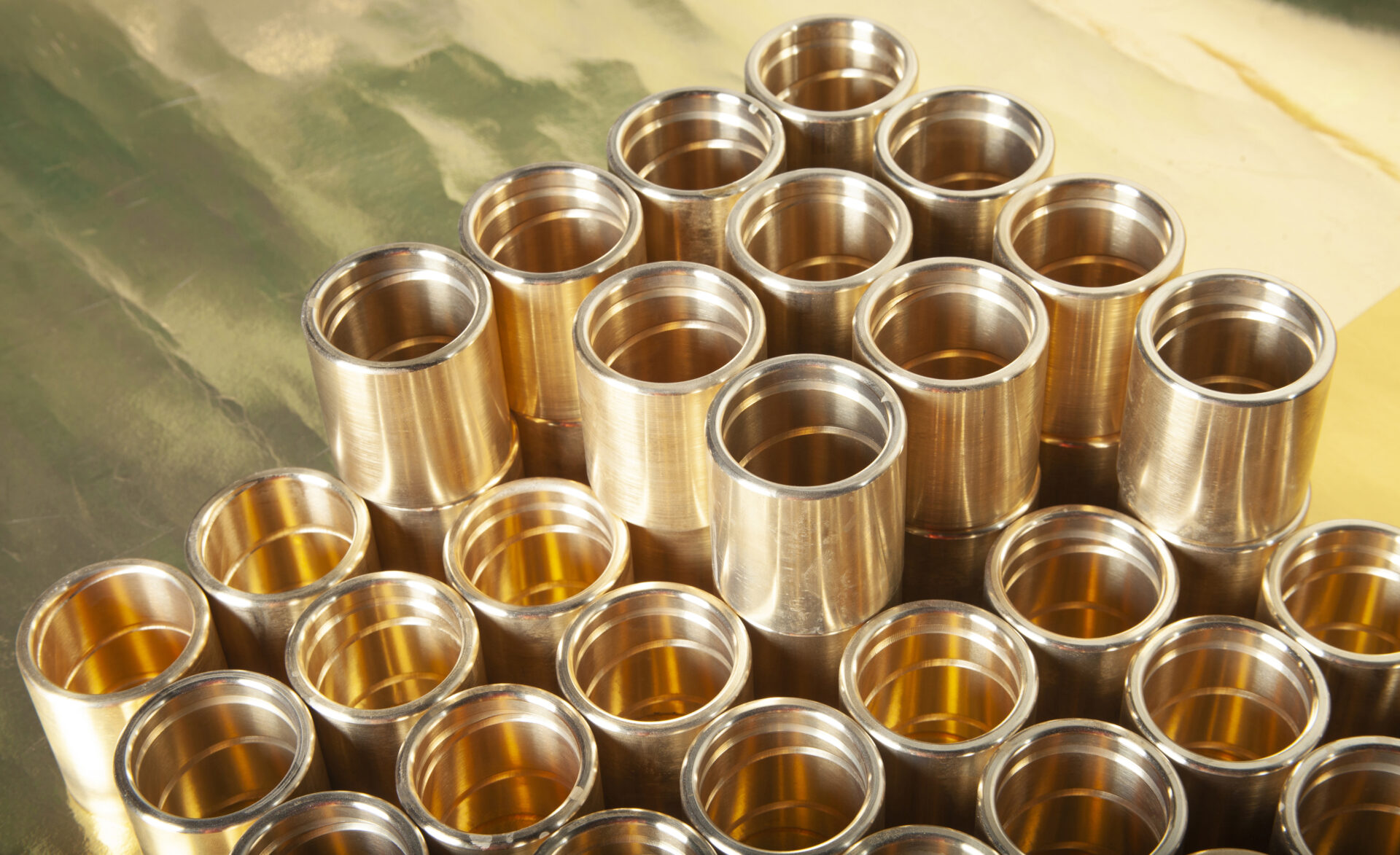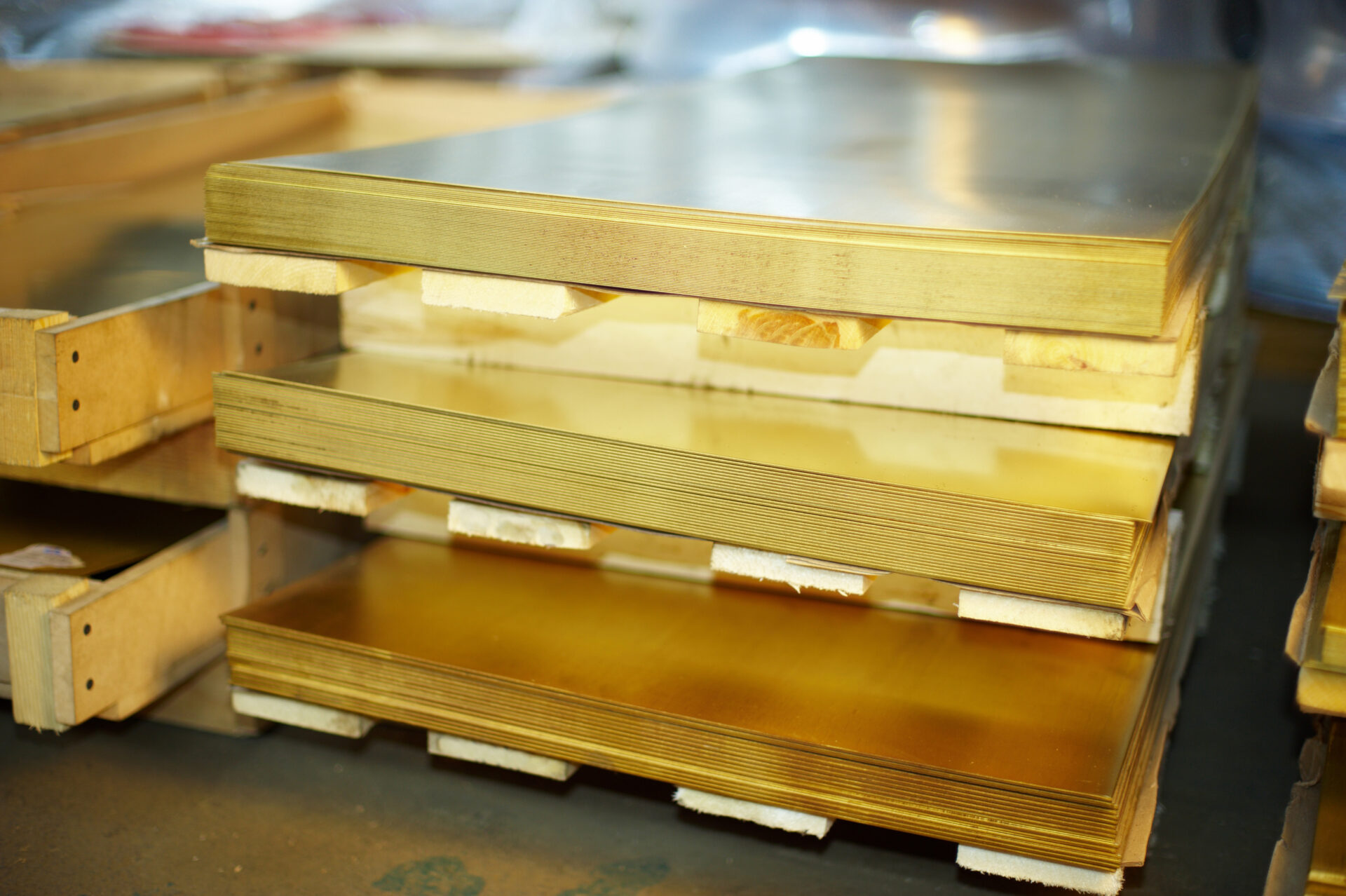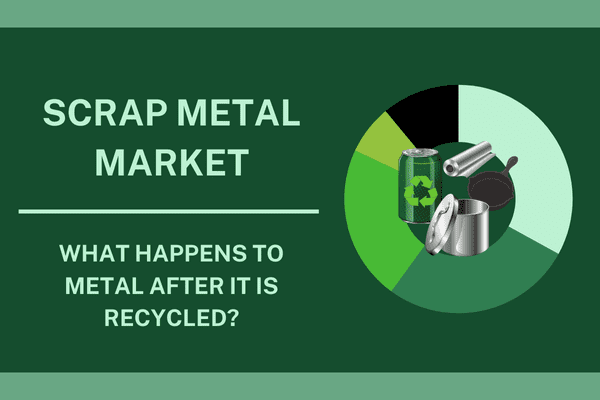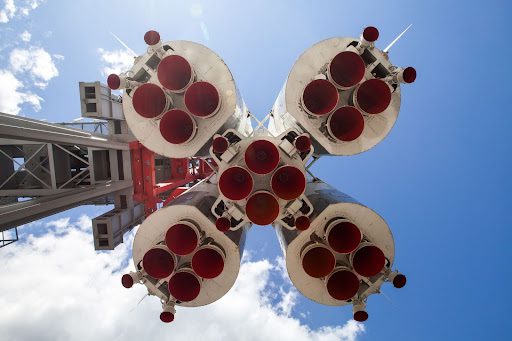
It’s no secret that non-ferrous metals are more desirable for recycling. With high demand and limited supply of these precious metals, their scrap is some of the most valuable on the market. In particular, brass scrap is a versatile alloy that most metal recyclers are happy to see come into the facility.
Brass can be found in many facets of our daily lives. Whether it’s used for aesthetic decor or mechanical applications, it is especially beneficial due to its strength and durability. Also, brass scrap is valuable because it mixes copper and zinc for optimal electricity conduction and rust resistance.
In this guide, we will discuss everything you need to know about brass and how to recycle it to get the most value for your brass scrap. So, without further ado, let’s dive right in!
What is Brass?
Before we get into the details of how to recycle brass scrap, let’s discuss a general overview of this special metal. It is an alloy composed primarily of copper and zinc and boasts a unique combination of strength, durability, and malleability.
The ratio of copper to zinc plays a crucial role in determining its characteristics. When more zinc is present, brass becomes stronger, more pliable, and exhibits a distinct yellow hue. Conversely, higher copper content results in a dull gold appearance.
This malleable alloy, often the most economical among its counterparts, finds its way into various applications, including plumbing fixtures, musical instruments, and interior decorations. Its widespread use is attributed to the winning combination of durability, workability, and a visually appealing golden finish.

Difference Between Brass vs Bronze
To the common eye, brass and bronze may look similar, but there are distinct differences in their compositions that separate the two alloys. As mentioned above, brass primarily consists of copper and zinc, occasionally adding other elements, resulting in a yellowish appearance.
On the other hand, bronze is primarily composed of copper and tin, sometimes incorporating other metals. Bronze has a reddish-brown hue and is recognized for its strength, durability, and historical significance.
History of Brass
The history of brass dates back to around 500 BC when it was first utilized and referred to as “mountain copper.” Early brass was a naturally occurring alloy of copper and zinc, created through a combination of ores found in certain regions.
The ancient Romans began using brass for decorative purposes, such as crafting plates for intricate engraving. The versatility and aesthetic appeal of brass quickly gained prominence, and its use expanded across various cultures and civilizations over time.
Now, brass has evolved from a rudimentary alloy to a prized material for both artistic expression and functional applications.
Where to Find Brass Scrap
Brass scrap, ripe for recycling, can be found in various places where the alloy is commonly used. One accessible source is household items, such as old plumbing fixtures, faucets, and kitchenware. Also, keep an eye out for discarded brass ornaments, doorknobs, and electrical components, as these can also contribute to your brass scrap collection.
Beyond the home, industrial settings such as machinery parts, valves, and connectors often contain brass. If you’re on the hunt for brass scrap, check your local thrift stores, salvage yards, and demolition sites. Here’s a bulleted list of where you might find brass scrap:
- Household items: plumbing fixtures, faucets, kitchenware, doorknobs
- Decorative items: brass ornaments, plates, figurines
- Electrical components: switches, connectors
- Industrial settings: machinery parts, valves, connectors
- Thrift stores: old brass items for sale
- Antique shops: brass items with historical value
Because brass scrap can be used in many different applications, it’s one of the more favorable metals to come into the recycling facilities. Now, let’s go over the advantages of recycling brass scrap.

6 Advantages of Recycling Brass Scrap
There are several reasons why recycling brass scrap can be advantageous for businesses and consumers alike. Here are six main benefits that go along with recycling brass scrap.
1. Resource Conservation
Recycling brass reduces the need for extracting and processing new raw materials. This conservation of resources helps preserve natural reserves of copper and zinc, which are essential components of brass.
2. Energy Savings
To continue, the production of brass from raw materials requires substantial energy. By recycling brass scrap, energy consumption significantly decreases. Subsequently, this leads to a reduction in greenhouse gas emissions and a more energy-efficient manufacturing process.
3. Waste Reduction
Furthermore, recycling brass keeps discarded items out of landfills. This reduces waste and minimizes the environmental impact associated with waste disposal. Moreover, this aligns with the principles of a circular economy, promoting the continual use and reuse of materials.
4. Economic Benefits
Recycling brass is not only environmentally responsible but also economically sound. It stimulates the scrap metal industry, creating jobs and fostering economic growth. Additionally, it provides a cost-effective source of raw materials for the production of new brass items.
5. Lower Carbon Footprint
Moreover, the recycling process emits fewer carbon emissions compared to the extraction and refining of raw materials. Choosing recycled brass over primary production helps mitigate the overall carbon footprint associated with brass manufacturing.
6. Conservation of Land and Habitat
Extracting new metals can lead to habitat destruction and land degradation. By recycling brass, the demand for new mining activities is reduced, helping to preserve natural habitats and ecosystems.
Clearly, the advantages of recycling brass scrap outweigh any disadvantages. With this information, let’s discuss step-by-step exactly how brass scrap is recycled. Keep reading!
How Brass Scrap is Recycled
Now, with everything you know about brass, let’s delve into the process of recycling brass scrap.
1. Collection
Firstly, locate and collect brass scrap from various sources, including household items, industrial waste, construction sites, and discarded metal objects. Then, it’s very important to separate the brass scrap from other materials to ensure the purity of the recycled scrap. This helps get you the best price for your scrap.
2. Separation
Moreover, it is crucial to separate dirty brass from clean brass before recycling because contaminants can interfere with the recycling process. Dirty brass refers to brass that is contaminated with non-metallic or undesirable elements, such as dirt, paint, or other metals.
Proper separation ensures that the recycled brass maintains its quality and integrity, allowing for efficient melting and refining.
3. Transportation
Fortunately, most recycling facilities allow you to drop off your scrap yourself. Or, if you’re a business or industrial site, many recycling centers offer transportation services for large loads. Whichever works best for you!
4. Preparation
Once at the facility, the brass scrap may need to be prepared by removing contaminants and impurities. For larger pieces, the brass scrap may be shredded into smaller, more manageable pieces to facilitate the melting process.
5. Melting
Next, the brass scrap is placed into a high-temperature furnace where it is heated to its melting point. This allows the brass to liquefy and separates brass from any remaining impurities.

6. Casting
Once the brass is liquified, it’s time to pour the molten brass into molds to create new shapes and forms. This can include ingots, bars, or other desired shapes for further processing.
7. Forming New Products
Then, the solidified brass may undergo additional processes such as rolling, extrusion, or forging to shape it into the final desired products. This could include sheets, rods, or components for various applications.
8. Quality Control
Testing is a crucial step in the brass recycling process. It involves rigorous quality control checks to ensure that the recycled brass meets industry standards and specifications. These tests verify the composition, purity, and overall quality of the brass. Moreover, they guarantee that the recycled material is suitable for its intended applications.
In cases where the quality falls short of standards, the brass may undergo reprocessing. This involves additional refining or processing steps to enhance its quality and adherence to industry requirements.
9. Distribution
After the quality control phase, the recycled brass is prepared for distribution. The distribution phase ensures that recycled brass reaches manufacturers or end-users efficiently.
10. End Use
Finally, the brass scraps are now processed and ready for end use. The versatility of recycled brass ensures its integration into numerous products that can range from plumbing fixtures and electrical components to musical instruments and decorative items.
Turn Your Scrap Brass into Treasure with GLE
Congratulations! You’ve learned all about scrap brass by reading this guide, now it’s time to take the next step. Choose GLE Scrap for all of your scrap metal recycling needs.
No matter your industry, recycling scrap metal can help you be a part of a circular economy, promote sustainable practices, and improve your bottom line. Bring in your scrap or call for one of our trucks to pick up your scrap and get paid the same day!
Call 855-SCRAP-88 or visit our website to request a FREE quote today.


